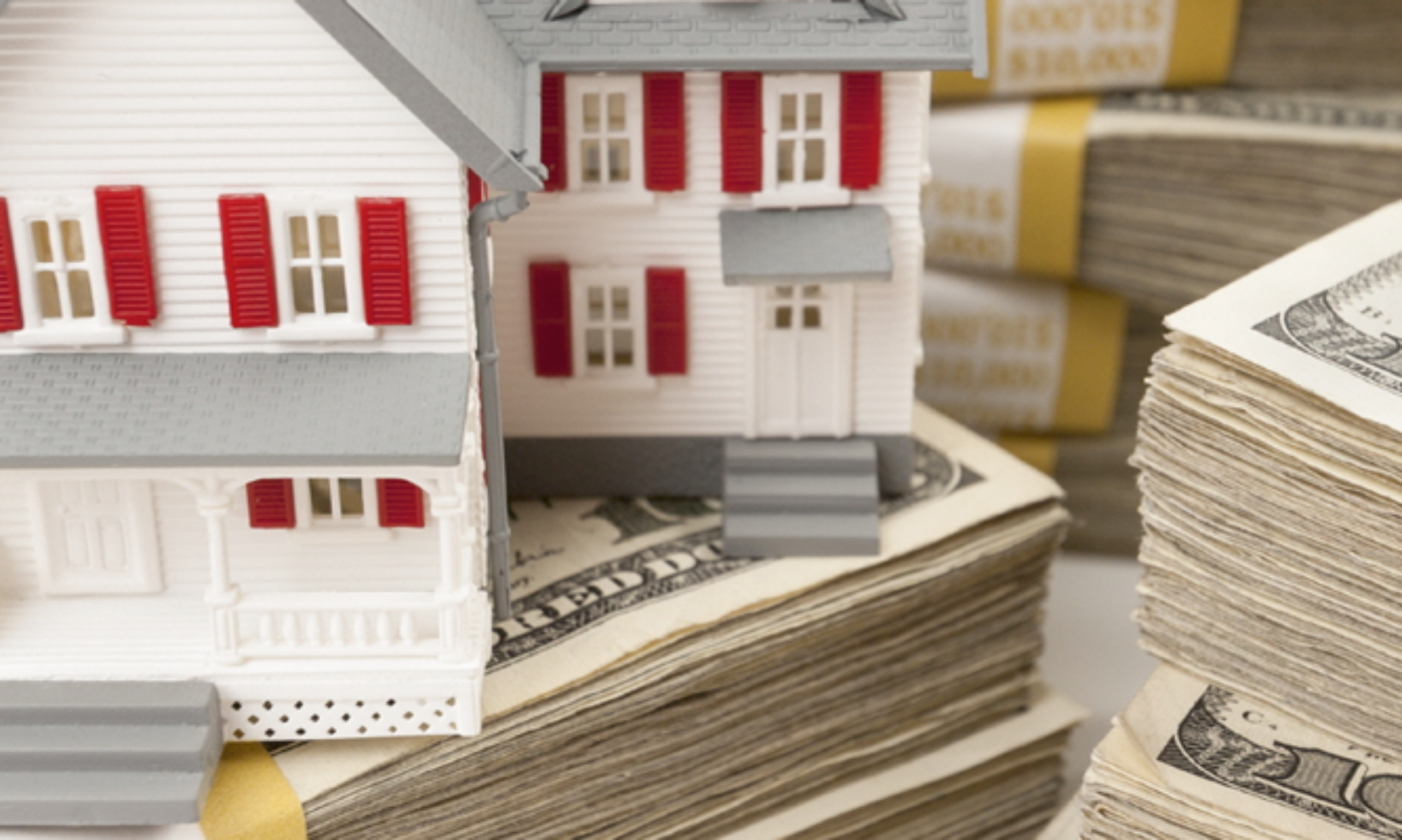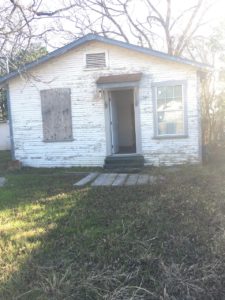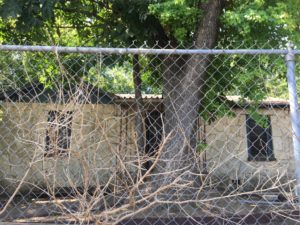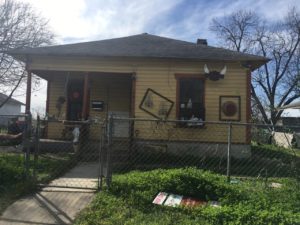You bought a San Antonio investment property in 78228 for $75,000 cash. It’s a 2/1, 1400 square feet, and needs $50,000 of repairs. ARV is $170,000. But a problem surfaces: The pier and beam foundation is in rough shape, and the kitchen floor slopes. What do you do?
Many would call a professional foundation company. However, buying a distressed property in San Antonio often means doing some repairs yourself to cut costs. Repairing your pier and beam foundation yourself can be difficult, but it is possible. You need construction skills, the right tools, and a patient approach. Here are the steps to fix your San Antonio investment property pier and beam foundation.
First, inspect the foundation to determine the extent of the damage. Crawl under the home with a level, flashlight, and tape measure. Look for cracked beams, uneven piers, and signs of insect or rot damage. Check for sagging floors in your house. Look for stuck doors and windows. The soil may shift with changes in moisture, so look for poor drainage around the foundation. Note the problem areas and measure the height differences where the foundation has settled.
Second, improve drainage to prevent more foundation problems. Remove leaves from gutters. Ensure your downspouts are positioned at least five feet away from the foundation. Grade the soil around the home to slope away from the building. Try for a six-inch drop for 10 feet. If standing water persists, consider installing a French drain or consult a professional plumber for more advanced options.
Third, you need to jack up the San Antonio distressed property to level it. Purchase 20-ton capacity jacks and place them under the main beams, close to the damaged piers. You need solid, level ground. Or, use concrete blocks as a jack base. Do not move the San Antonio investment property more than 1/4 inch daily. This caution avoids damaged plumbing or cracked walls. Install temporary supports, such as steel posts, as you lift the house. Check the level often; you need to raise the home evenly to ensure stability. If you’re unsure about jacking, hire a structural engineer, as jacking up the house incorrectly can cause damage.
Fourth, after leveling the house, repair or replace the damaged piers and beams. If piers are settling, dig near the affected pier to the base, perhaps 18 inches deep. If the pier’s intact but sinking, add a concrete footing (12x12x12) reinforced with rebar. It needs to cure for at least a week. Then, place concrete blocks or steel shims to lift the pier to the right height.
If the beams or posts are rotted, remove the damaged areas with a saw and replace them with pressure-treated lumber. Secure any new beams with galvanized brackets or bolts. Make sure every connection is tight!
Last, after the repairs, lower the home slowly with your jacks. Take out any temporary supports as you proceed. Recheck your level to ensure the foundation is even. You may want to reinforce your crawl space with ventilation to reduce moisture. We recommend installing vents to provide one square foot of ventilation for every 150 square feet of crawlspace.
Keep watch on your foundation over time. Walk through the San Antonio distressed property monthly to look for any movement, such as sticking windows or creaky floors. Ensure drainage systems are clear and moving water away from your repaired foundation. DIY pier and beam foundation repairs are affordable, but doing them right requires proper tools, skill, and patience. Doing these repairs yourself will boost the ROI of your San Antonio under-market value property – well done!
New Seguin Distressed Property!
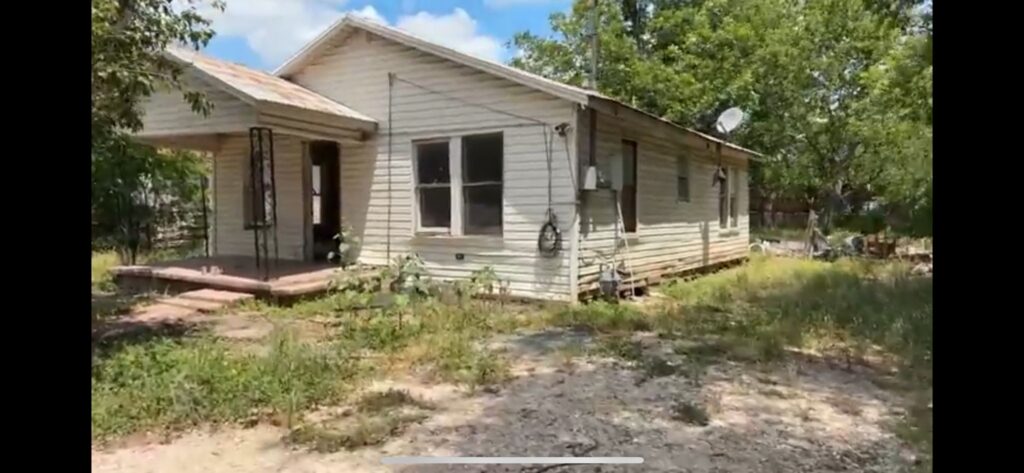
524 Avenue B Seguin TX 78155, large lot: .197 acres
San Antonio distressed property investors, we have this great Seguin investment property! 2 beds 1 bath, estimated square feet 724, great location, proximity to Texas Lutheran University. The town is experiencing a significant economic and population boom, driven by factors like increased industrial investment, a growing retail sector, and a surge in housing development.
The city is actively attracting new businesses and residents, leading to a positive outlook for its future. Seguin’s location along the SH 130 corridor is attracting significant traffic and development. The city is part of the broader Austin-San Antonio Mega Region, where it ranks third in growth. This Seguin investment property will look great in your portfolio!
Price tag: 65K, estimated ARV 149K plus.
Exit Strategy: Minor rehab 20-25K, make sure plumbing, electrical, and roof are in working order, paint interior/exterior.
Alternatively, sell with owner financing at $ 129,000 with a 10% down payment. Then, you can sell the note or refinance to access your cash.
Contact us with the form below. Or call Joseph Pickett today at (210) 421-7533, email jmpickett@gmail.com for more information!
Full Listing: 524 Ave B
Contact: Text Joseph Pickett – (210) 830-8301, or use our contact form!
Comps: Seguin Prop
